Rebecca’s Dream is determined to provide trusted resources for you and your loved ones. Please use the following educational tools about mood disorders to learn more about depression and bipolar disorder.
Rebecca’s Dream is determined to provide trusted resources for you and your loved ones. Please use the following educational tools about mood disorders to learn more about depression and bipolar disorder.
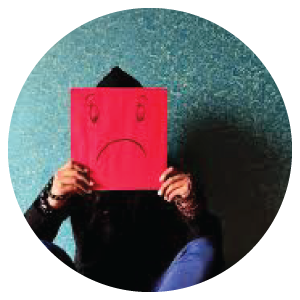
14.8 MILLION
Major depressive disorder affects approximately 14.8 million American adults, or about 6.7 percent of the U.S. population age 18 and older, in a given year.
(Archives of General Psychiatry, 2005 Jun; 62(6): 617-27)
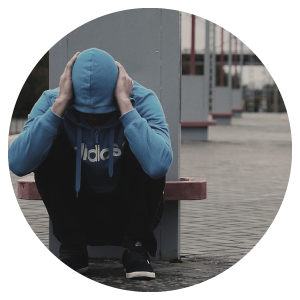
1 IN 33 CHILDREN
As many as one in 33 children and one in eight adolescents have clinical depression.
(Center for Mental Health Services, U.S. Dept. of Health and Human Services, 1996)
20-26%
The lifetime prevalence of major depression is 20-26% for women.
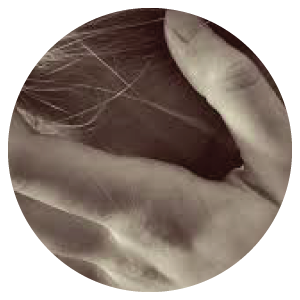
8-12 %
The lifetime prevalence of major depression is 8-12% for men.

Women experience depression at twice the rate of men. This 2:1 ratio exists regardless of racial or ethnic background or economic status.
(Journal of the American Medical Association, 1996)
2 OUT OF 3
people do not seek treatment.
80 %
of those treated for depression show an improvement in their symptoms generally within four to six weeks.
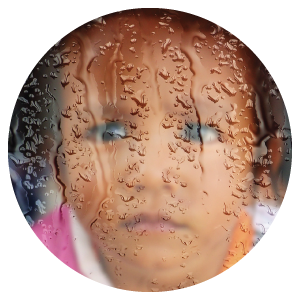
Untreated depression is the number one risk for suicide among youth. Suicide is the third leading cause of death in 15 to 24 year olds and the fourth leading cause of death in 10 to 14 year olds. Young males age 15 to 24 are at highest risk for suicide, with a ratio of males to females at 7:1.
(American Association of Suicidology, 1996)
About six million people are affected by late life depression, but only 10% ever receive treatment.
(Brown University Long Term Care Quarterly, 1997)
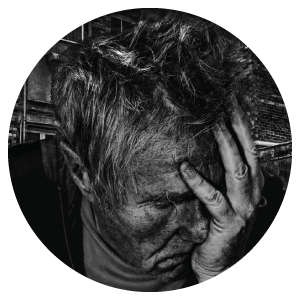
Mood Disorder Questionnaire
It is easier to use this questionnaire by printing it out once it is on your screen.
Click here to take a completely confidential screener and then share the results with your doctor.

